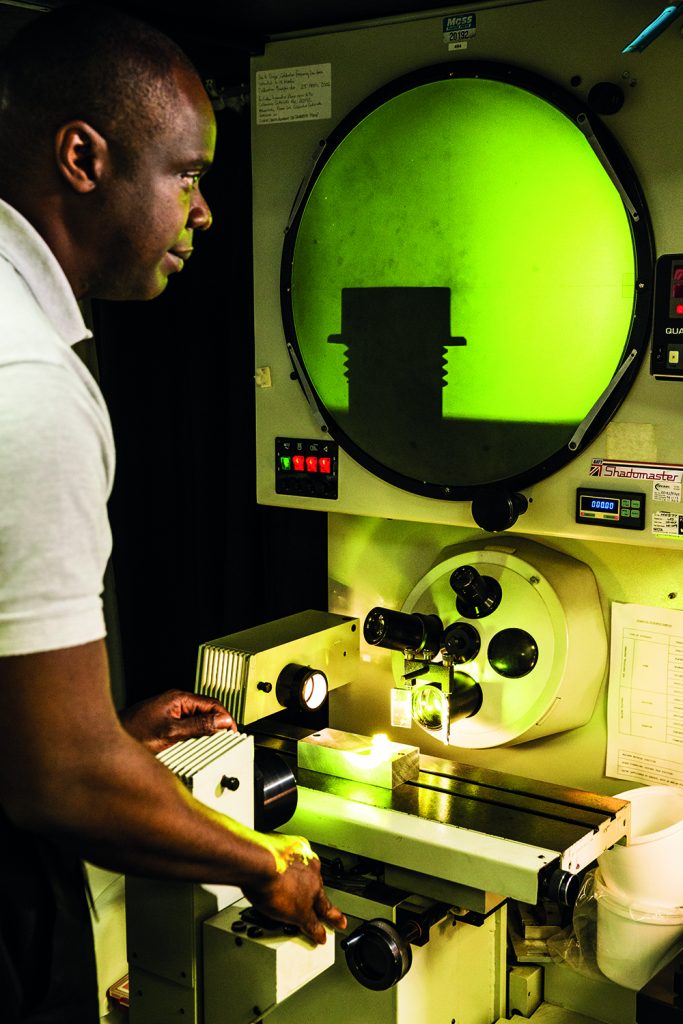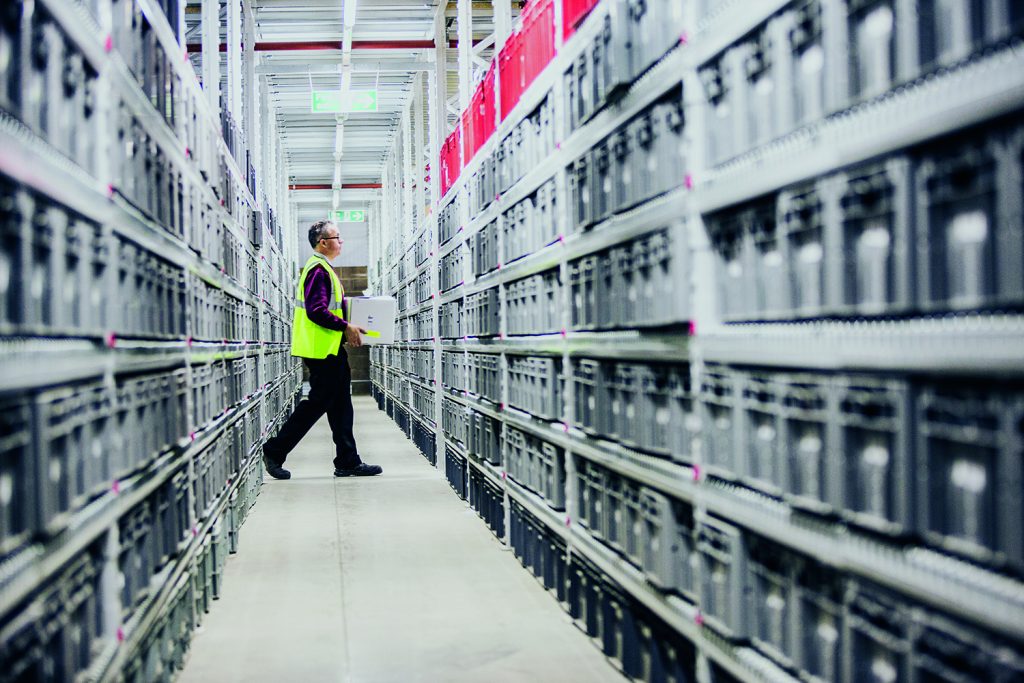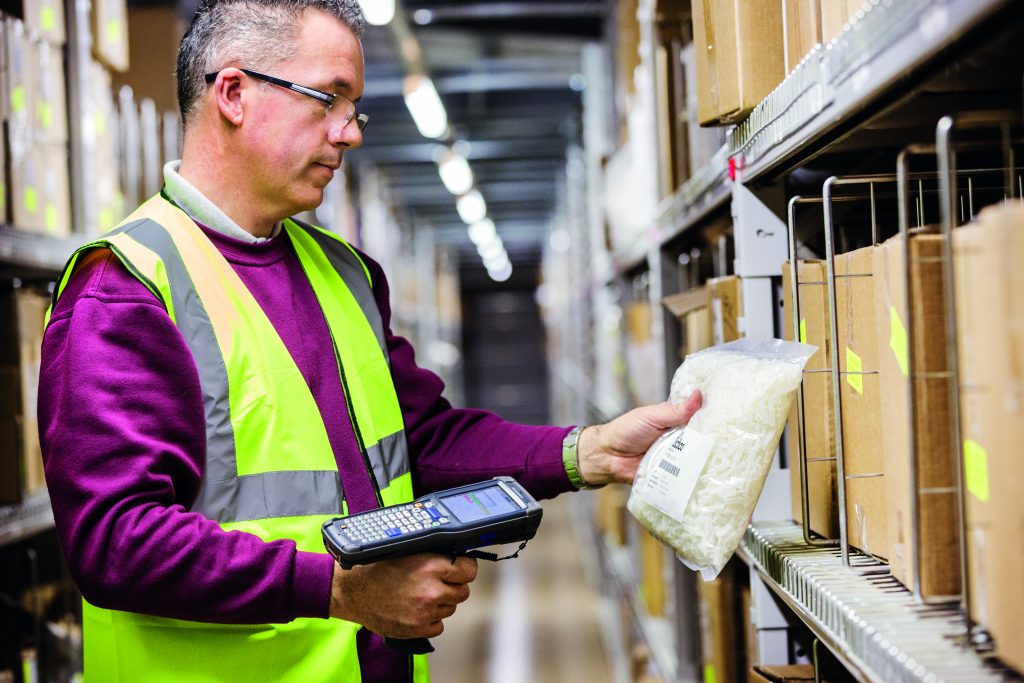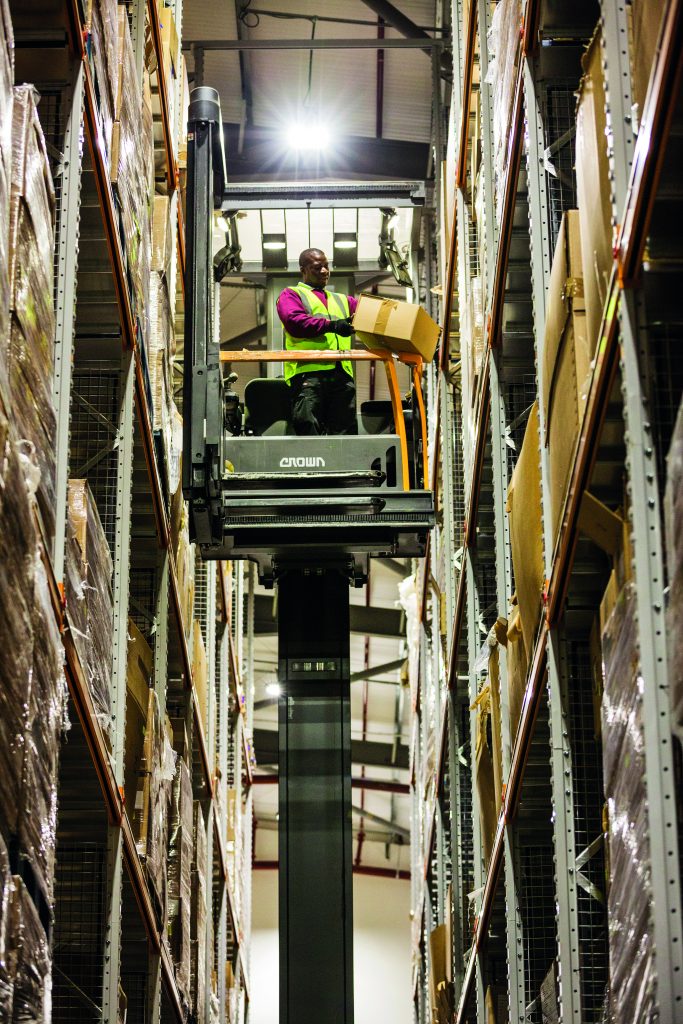This is a guest post in our series looking at the future of 3D Printing. To celebrate 5 years of reporting on the 3D printing industry, we’ve invited industry leaders and 3D printing experts to give us their perspective on the next 5 years of 3D printing.
Scott Fawcett has been Managing Director of Component Solutions at Essentra plc since December 2016 and served as its Managing Director of Distribution since January 2014. Scott joined Essentra in 2010 as Managing Director of the Moss Plastics business. Prior to Essentra, he served as Head of eCommerce at Electrocomponents plc, where he served a variety of increasingly senior sales, marketing and eCommerce positions during his 17-year career there.
The Future of 3D Printing by Scott Fawcett
Now more than ever, manufacturers are having to respond to increased connectivity and digitisation in the industry. Driven by the changing demands of customers, manufacturers must be dynamic and flexible, responding quickly to find solutions that meet customers’ requirements. This industry evolution, more commonly known as Industry 4.0, will shape the future of 3D printing. Put simply, Industry 4.0 describes the current transformation of manufacturing practices towards a more automated and data driven model and 3D printing is a vital building block in that evolutionary process. As the rate of technological advancement increases year on year, and with trends such as personalisation and customisation also on the rise, 3D printing will allow manufacturers to stay ahead of the competition and get products to market faster and cheaper than ever before.

According to a report in i-Scoop, the smart building industry is predicted to be worth over $22bn by 2026, meaning it will impact all of our lives and effecting all industries. Technology already has a strong presence in the manufacturing industry through the use of data centres, Wi-Fi and smart devices which monitor the manufacturing processes. Every day, we are seeing more and more companies responding to this development and creating smart factories worldwide.
Most recently, German sportswear manufacturer Adidas announced it will be opening a new manufacturing facility bursting with innovative and technologically sophisticated machines, including 3D printers. The factory will rely on 3D printing technology to reduce manufacturing times and production periods, aiming to produce roughly 500,000 pairs of shoes annually, which works out at nearly 1,370 pairs of shoes on a daily basis.
We are also seeing 3D printing software and platforms replacing the traditional process of prototype testing. Examples of this software, allow designers to specify which material is used in certain parts and accurately portray specific measurements, such as dimensions. While 3D printing plays a crucial role in the manufacturing capabilities, it will also help manufacture the critical pieces of infrastructure such as fasteners and fixings.
Without a doubt, 3D printing plays an important role in Industry 4.0 but there is still a way to go to make the processes fully automated. Most manufacturing processes still need to be managed closely by humans to avoid any technological error and quality control. By 2018, it’s estimated that 1.3 million industrial robots will be working in factories across the globe, yet, despite this huge technological advancement, these robots still require human expertise. Although the rise in Additive Manufacturing is hugely beneficial to the productivity of a company, the ability to improvise and make split-second, complex decisions is uniquely human.

As the Industry 4.0 concept progresses we will see more and more disruptive technology, already integrated in to the wider mass market, infiltrating and transforming the core processes and procedures followed by the manufacturing industry. There is perhaps no better example of this form of technological development than the incorporation of additive manufacturing in to the automotive sector. Car owners can now control virtually all vehicle functions with a press of a button. Some car manufacturers even allow consumers to take a back seat whilst driving, offering automated parking assistance.
‘Connected cars’ and ‘Smart vehicles’ now provide their owners with more information than ever before. Cars have an increasing number of sensors, lights, infotainment systems and electronics. The future of additive manufacturing will also see an increased and varying demand for automotive fasteners and fixings. The average modern vehicle requires approximately 50-200 fasteners, with the global automotive plastic fasteners market size estimated at $2.18 billion in 2016.
With this in mind, manufacturers are having to constantly develop solutions in lightweight materials that meet all the demands of the necessary application in the most efficient way. Not to mention when customers demand bespoke or customised options. Interior car parts are hugely complex and thorough and require precise attention to detail. This precision is where additive manufacturing truly comes into its own and demonstrates the efficiency and speed of technology to deliver the end product.

This technological development presents exciting new opportunities for the components, fasteners and fixings markets. The additive manufacturing industry is constantly evolving and it is important that manufacturers adopt a strategic approach to providing manufacturers with essential design and prototype support. For companies specialising in the manufacture of essential components, particularly those in the automotive and smart building industries, this rise in connectivity has strengthened productivity.
3D printing is also being used significantly on the shop floor to create new fasteners and components such as grippers for robots. This technology enables the manufacturing process to rapidly change as designs and process knowledge evolves. Manufacturers must continue to invest in using 3D printing to ultimately improve the quality and speed of prints and completely streamline the 3D printing process. It’s worth noting that the efficiencies of 3D printing can complement the accuracy, consistency and cost of injection moulding. 3D printing is unlikely to replace injection moulding but as materials and processes develop, customers who want a variety of small order quantities could benefit from this collaboration of the two technologies.

Ultimately, the future of 3D Printing and the Additive Manufacturing Industry relies on education. There is a distinct level of confusion and misunderstanding around the role Industry 4.0 will play for 3D Printing and Additive Manufacturing.
Until the manufacturing industry bridge this gap, the full potential of this industry will remain untapped. A recent survey conducted by advisory firm BDO LLP in association with the Institution of Mechanical Engineers revealed that only 8% of UK manufacturers have a significant understanding of Industry 4.0, despite 59% of those surveyed recognising that the fourth industrial revolution will have a big impact on the sector. Whether we like it or not, the rise of Industry 4.0 is inevitable and failure to adopt features, including 3D printing, will significantly impact on a company’s future productivity.
It is a particularly exciting and a defining time for the manufacturing industry, and as society and technology continues to evolve so too must manufacturing companies. The future of 3D printing and the technological transitions seen in the additive manufacturing industry will reshape and redefine manufacturing processes once and for all, improving both the quality and the efficiency of a business. Above all, this rise in connectivity within the 3D printing and Additive Manufacturing industry will increase productivity and manufacturers will be able to reap the rewards of making this transition for many years to come.
Read more about Essentra Components.
This is a guest post in our series looking at the future of 3D Printing, if you’d like to participate in this series then contact us for more information. For more insights into the 3D printing industry, sign up to our free newsletter and follow our active social media channels.
Nominations for the 2018 3D Printing Industry Awards are open now, let us know the leading additive manufacturing enterprises here.
Featured image shows Scott Fawcett, Managing Director of Component Solutions at Essentra plc



